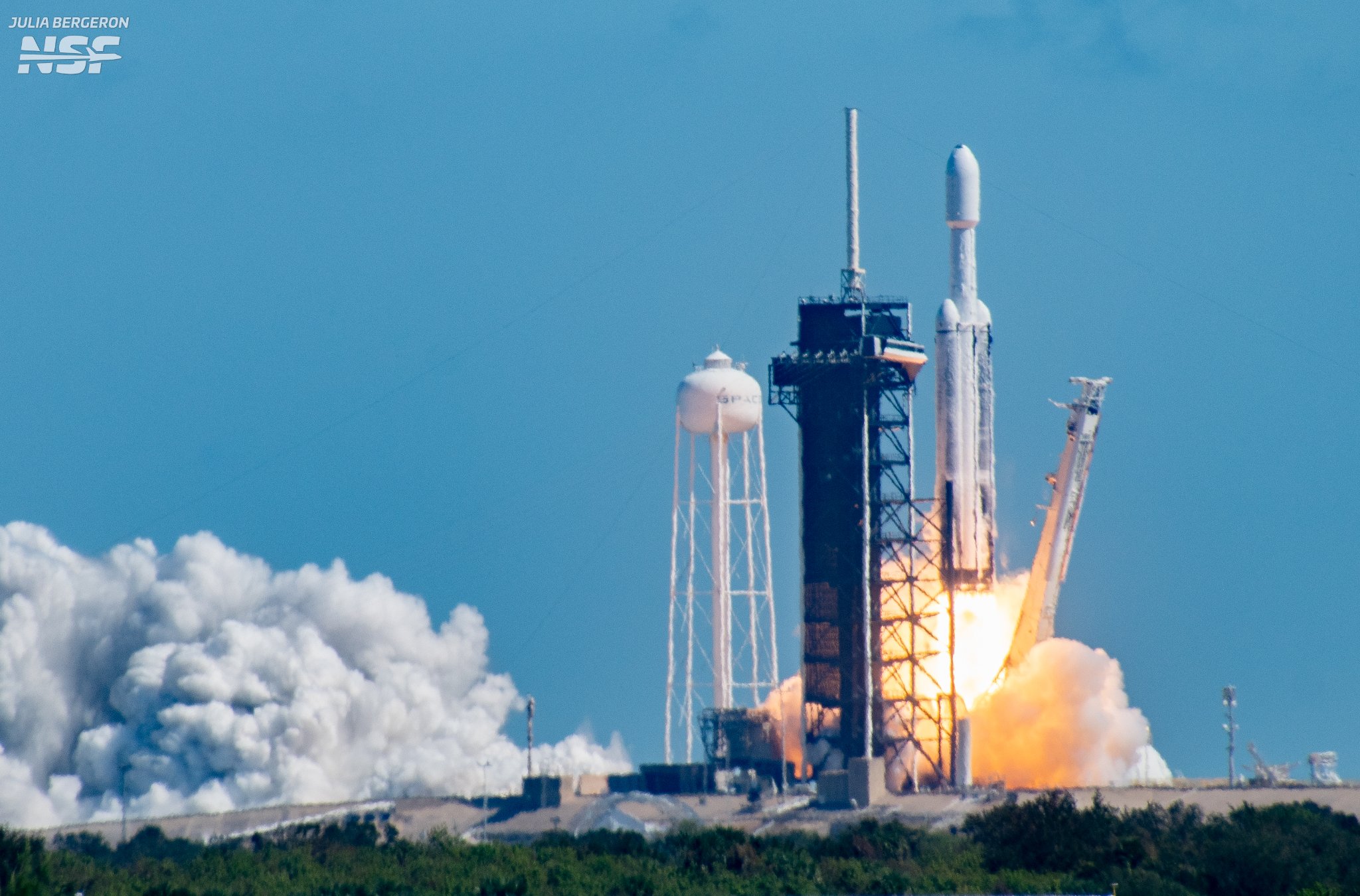NASA’s Europa Clipper Mission: A Historic Launch to Explore Jupiter’s Icy Moon
Introduction: The Launch of Europa Clipper on October 14, 2024
On October 14, 2024, NASA’s Europa Clipper mission successfully launched aboard a SpaceX Falcon Heavy rocket from the Kennedy Space Center in Florida. This much-anticipated mission is set to embark on a six-year journey to Jupiter’s moon, Europa. With nearly 50 planned flybys, Europa Clipper aims to explore the moon’s icy crust and assess the possibility of a vast ocean beneath its surface, fueling hopes of discovering extraterrestrial life.
Focus Keyphrase: Europa Clipper Mission Launch 2024
The Europa Clipper mission will focus on gathering detailed data about the composition, geology, and ice shell of Europa, a moon believed to harbor one of the most promising environments for life in our solar system. This mission is part of NASA’s long-standing goal to understand if Europa’s subsurface ocean holds the necessary conditions to support microbial life. With the spacecraft scheduled to reach Europa by April 2030, this project marks a pivotal moment in planetary exploration.
Instruments and Goals of Europa Clipper
The spacecraft will carry advanced instruments to investigate the moon’s ice crust, searching for signs of water vapor plumes and other indicators of the moon’s habitability. The data collected by Europa Clipper will build upon findings from previous missions like Galileo and Juno, which hinted at the potential for a liquid water ocean beneath Europa’s frozen surface. Scientists are particularly excited to learn whether Europa has the right chemical ingredients for life.
Why Europa Clipper Matters for the Search for Life
Europa is widely considered one of the best candidates for finding extraterrestrial life due to its subsurface ocean. Past missions have observed possible water plumes erupting from the moon’s surface, further raising hopes that microbial life could exist there. The Europa Clipper mission will provide unprecedented insight into these features, potentially transforming our understanding of where life might thrive in the universe beyond Earth.
What’s Next for the Europa Clipper Mission?
After its six-year journey, Europa Clipper will spend several years conducting close flybys of the moon, examining its surface and subsurface in greater detail than ever before. The mission is expected to lay the groundwork for future missions, potentially including landers that could further explore the moon’s icy shell and subsurface ocean.











